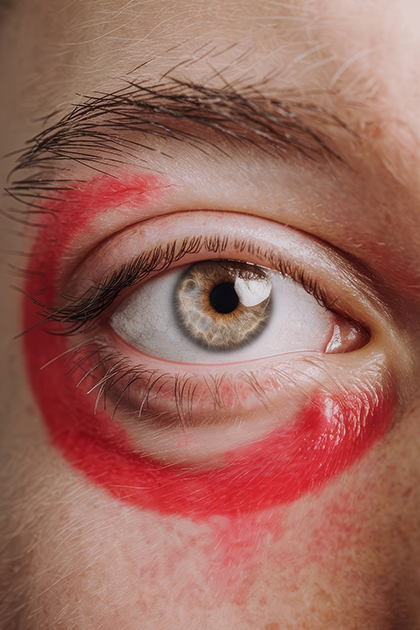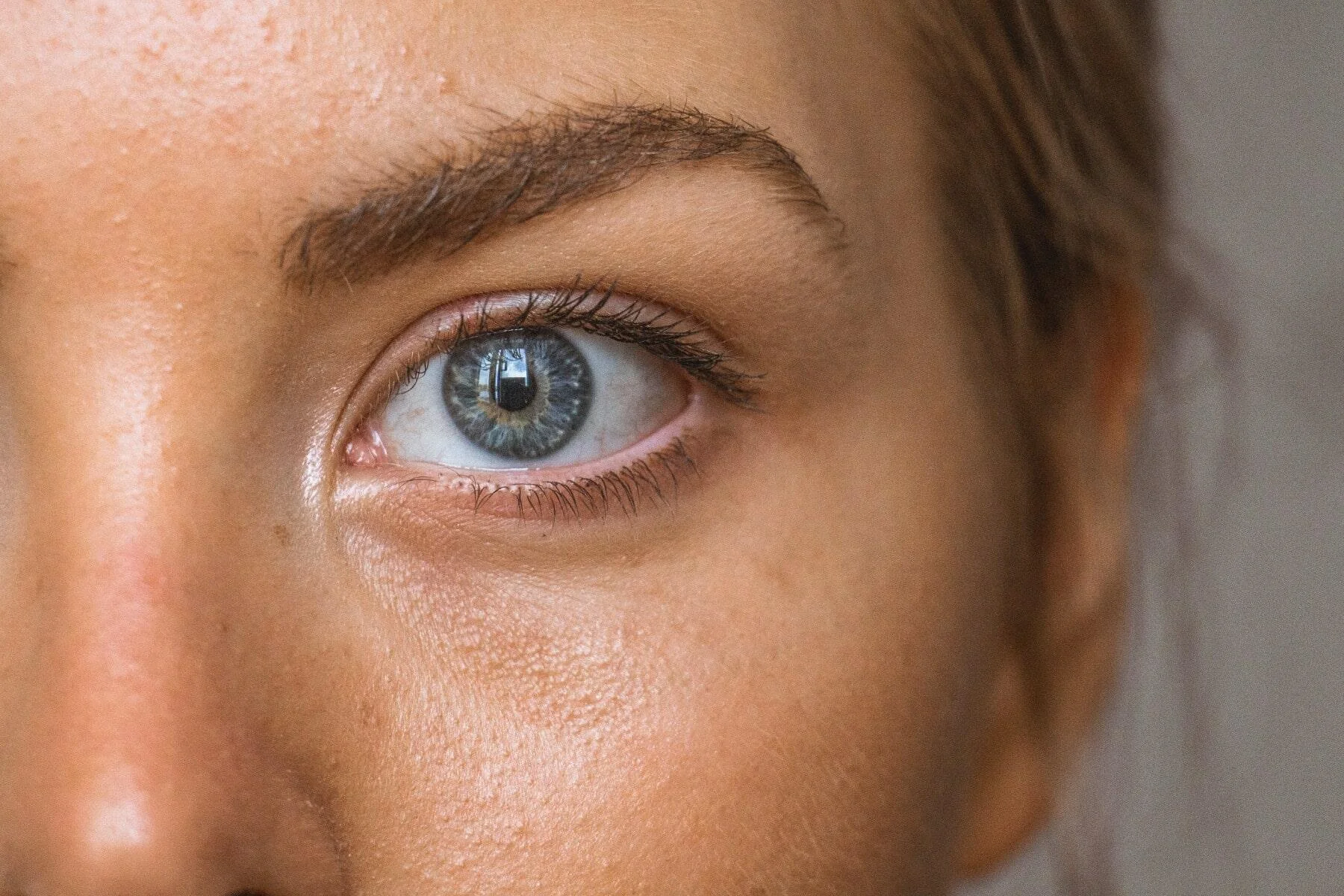

Keratitis is the inflammation of the cornea, the outermost layer of the eye. This condition usually develops due to infections (bacterial, viral, fungal, or parasitic) or external factors that damage the eye. It can cause pain, redness, light sensitivity, and blurred vision. Early diagnosis and treatment are crucial to prevent permanent vision loss.
Overview of Treatment
Can occur in all age groups.
Contact lens use is a significant risk factor.
May be caused by bacteria, viruses, fungi, or parasites.
Main symptoms include redness, pain, irritation, and blurred vision.
The treatment process varies depending on the type of infection.
Delayed treatment can result in permanent corneal damage.
If left untreated, it can lead to serious vision loss.
How Is Keratitis Treated?
Treatment is determined based on the type of agent causing keratitis. Diagnosis is confirmed through an eye examination and, if necessary, by taking a corneal scraping sample.
Local anesthesia with eye drops may be applied during diagnosis and treatment procedures.
Bacterial keratitis: Antibiotic eye drops are used frequently at short intervals. Viral keratitis: Antiviral drops or ointments are recommended. Fungal keratitis: Requires long-term treatment with antifungal eye drops. Parasitic keratitis: Specific antiparasitic treatments are administered.
Contact lens use should be stopped immediately. Avoid rubbing the eyes and follow proper hygiene practices. Eye makeup and lens solutions should not be used for a period. If necessary, protective eyewear may be used to shield from external factors.
Depending on the type of keratitis, the healing period may range from a few days to several weeks. Bacterial keratitis usually responds quickly, while fungal or parasitic types may require a longer treatment course. Eye drops and follow-up visits prescribed by the ophthalmologist must not be neglected. After treatment, corneal scarring may remain, and in advanced cases, a corneal transplant may be necessary.
